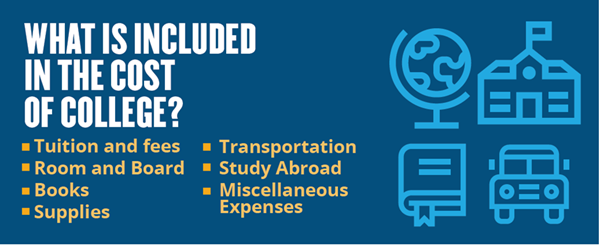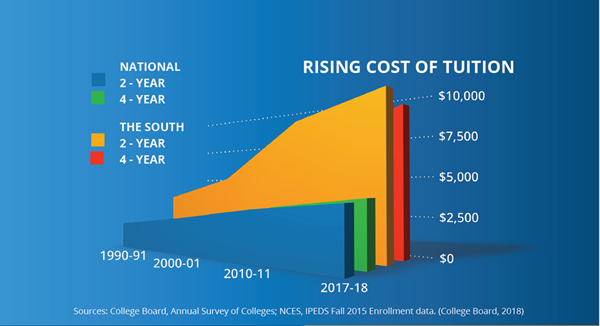Unexpected Hurdles: Unpacking the Price Tag of College Affordability
2018 — The following policy brief explores college affordability through the eyes of students from low-income families in the South in hopes of offering key recommendations for policymakers and leaders of postsecondary institutions on ways to mitigate the financial challenges many of their students face. Through the Southern Education Foundation’s work with students in Florida, Georgia, North Carolina, Tennessee, and Texas, we highlight the financial barriers that are most likely to hinder students from completing college in those states and identify student-informed ways to address the difficult reality many encounter.
The rising cost of tuition puts college out of reach for some students, creates barriers to college completion, and increases student debt (College Board, 2017a; Hechinger Report, 2014). When it comes to understanding the reason for the rising cost of tuition, researchers cannot seem to agree on a single cause. Some higher education critics attribute the rising cost to the increase in financial aid, the hiring of too many administrators, or the decrease in state allocations, whereas others attribute it to overpaid faculty and luxurious amenities like climbing walls (Wexler, 2016). However, in the quest to understand increased tuition, there has been a lack of consideration of the role that cost of attendance plays in student debt and the additional need for financial assistance to attend and sustain enrollment at an institution of higher education.
sef-unexpected-hurdles-higher-ed-report-1


